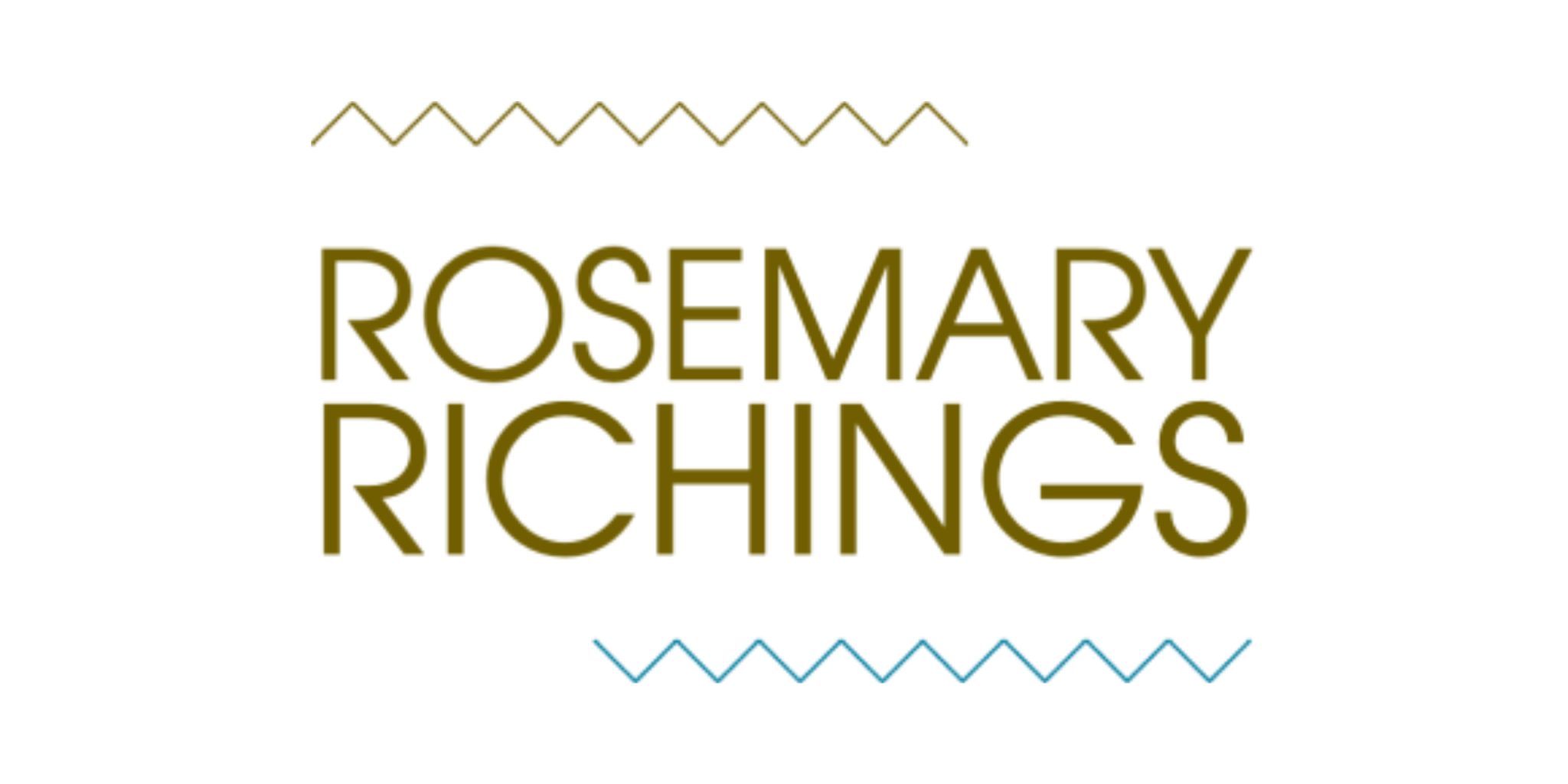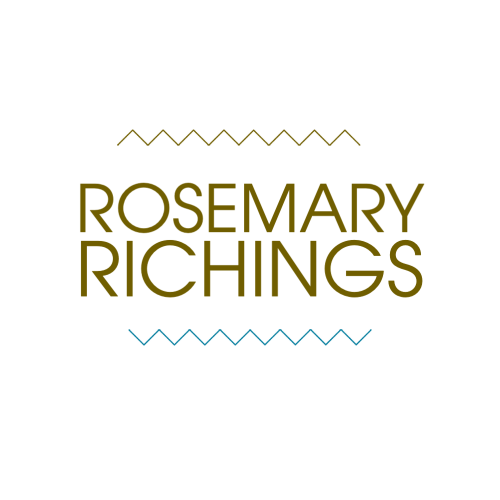Communication problems are one of the most common barriers remote freelancers face when dealing with their clients. Sometimes, these issues revolve around the client’s lack of understanding of what the average freelancer schedule looks like. But that’s not always the case.
What do I mean when I say “communication problems”? And how can this apply to your remote freelancers?
At my writer’s group, we help each other with our work regularly. Everything from poetry, to chapters of novels, to short stories are shared regularly. Then we give each other feedback. However, there’s a difference between “good” and “bad” feedback. For example, if someone simply said “that’s too long”, that’s bad feedback because the author doesn’t know why it’s too long and what they can do to improve. If that same person says:
“That’s too long because that character or detail is a minor contribution to the story, therefore we need to get to the main idea quicker. Perhaps you might want to cut the following parts of the dialouge.”
You’re helping the writer figure out how they can improve, and what your expectations are. The same rules apply to your work with remote freelancers as well. Since that is only step one of communicating what you’re looking for, here are a few tips worth considering.
1) Stick to one look and feel while working with remote freelancers
I’m very particular about how many edits I allow. But there’s a reason for that. Indecisiveness is bad for the bottom line. A great example of this is Skillcrush CEO and founder Adda Birnir. Because one of Adda’s first clients did this to her when she was designing a website for them. After redoing the website two or three times, she realized that she couldn’t make that client happy.
However, that inability to make the client happy had nothing to do with the quality of what she was producing. They just couldn’t decide what direction they wanted to take this website in. In other words, they didn’t know what they wanted, or what they wanted the website to look and feel like.
What can you do about this?
Before you hire remote freelancers, sit down and think about what your ideal target audience looks like. In a guest post for the Boss Project, I highlighted exactly what you need to consider:
Vague statements such as, “I want to make money on my online course” aren’t enough. Take it one step further by being all like:
“I want to make money on my online course by reaching X type of person and writing content about X, Y, and Z.”
And then, take that one step further. Ask yourself how you can make things relevant to your goals, as well as your reader’s goals. Sound daunting? Think of it this way…
How can you improve the lives of the people you want to reach?
Although I originally wrote this with aspiring bloggers in mind, this can apply to everything from websites, to all other types of content. But how can you learn more about your target audience? Everything from your target audience’s social media posts, to what you typically talk about with your target audience are helpful resources.
The best time to start the target audience research process
Ideally, you should be doing this research before your remote freelancers start their first drafts. Because this will help you produce copy and content that puts your audience’s interests and needs first. It will also help you waste less time focusing on minor details, and more time providing feedback on your audience’s bottom line first.
2) Always remember the bottom line of all feedback when working with remote freelancers: fix it, flag it, or forget about it
When my business started to seem less like a short-term plan, and more like something I was in for the long-haul, I upgraded my skills. Because I knew this was a crucial way to compete with the hundreds of other remote freelancers “out there”.
So, I enrolled in night school at a local community college and decided to learn everything that there was to know about editing. Taking a mandatory grammar course in the first few months nearly made me quit the program. But every other class was worth the money. Because the instructors’ backgrounds were extremely diverse, and I got exactly what I signed up for; hands-on training, with a well-rounded, contemporary job market angle.
My most important lesson:
What stuck the most was my proofreading teacher’s editing philosophy:
“Fix it, flag it, or forget about.”
In a nutshell, she believes that every editing process is about making the following choices:
- Fix it: fixing something that from a context point of view isn’t clear enough for the reader, and/ or undermines the messaging in some way. E.G: a flyer that says “99 cents that should be $99”.
- Flag it: it might be an issue worth getting the attention of the writer but isn’t as important as something in the “fix it” category. Include a comment saying what the author might want to consider changing, and why it’s important. Stuff that falls under this category is much more open to interpretation, like a feeling or impression of a specific phrase or headline. So sometimes it’s taken seriously, and sometimes it isn’t.
- Forget about it: anything that may not stick out to the average reader, like preposition choices, placing of commas, or anything grammatical or punctuation-based that doesn’t dramatically change/ complicate the meaning.
3) Provide detailed resources and information
When remote freelancers develop a website or blog post with not enough information, they are lacking essential resources. Then, the work’s overall quality suffers. Because your remote freelancer is operating on guesswork alone. For client work specifically, not having enough information is a bit like gambling without knowing what you’re betting on. Inevitably, the messaging won’t reflect the intended messaging, because there’s a lot you don’t know.
Now I know what you’re (probably) thinking. Perhaps freelancers should just do their research. Inevitably, they will do their research, but there’s plenty a Google search can’t reveal. For instance, if it’s not clearly expressed, your freelancer will not know that you’re reaching Suburban Baby Boomers, but you want to reach Urban Millenials.
I made that example up out of thin air; but it’s a good example of insider information that can be a game-changer for your remote freelancer’s approach.
What does your remote freelancer need to know?
Chances are you hired this person to complete a specific task, because something is missing in your current messaging. Examples I’ve heard before include low levels of awareness, or a desire to reach a new, unexplored market. Whatever it is, it needs to be expressed clearly on day one week one of working with this person.
Then, there’s the insider scoop that isn’t obvious when browsing your social media pages and reviews, and reading your current web copy. Smalll details like how you approach things, the size of your team, and what you aspire to do more of with your work, are often left out. Yet, they’re key details that can change how the freelancer approaches their assigned project.
I also often ask my clients to provide examples of their favourite websites or blog posts, depending on what I’m working on.
On the surface, that seems like a meaningless ice breaker but that’s not actually the case.
In fact, this helps me customize based on this person’s tastes. Unfortunately, this is an element of my work that’s extremely subjective. So this helps me figure out what this person’s definition of “good” and “bad” actually is. Even if your freelancer doesn’t ask for the exact same thing, showing them examples of what you like can help break communication barriers.
4) Always remember freelancer/ client interactions are a collective process
A common misconception about all freelancers is that everything will be done perfectly in one go. According to Anne Lamott, perfectionism is the main obstacle between you and the shitty first draft.
If you don’t produce a shitty first draft, you’ll never figure out how to express your version of the truth. You’ll also never reach the stage where you can comfortably share your work with the general public.
Although this applies to all content creation and copywriting as well. Because if you reach for an unattainable, vague sense of perfection you’ll never finish anything. Instead, focus on what your audience or customer wants, what you’re happy with putting out there, and what the freelancer can realistically do to make that happen.
To do this though, you have to approach this process by thinking of each draft as something you can mould into something that puts your organization and your target audience’s best interests first.
Sometimes, I’ve worked with clients who blame the results of poor communication on others.
But it’s important to keep in mind that these things aren’t always the freelancer’s fault. Sometimes this is just another thing that you can improve upon.
To work around this issue, always have a plan and a reason in mind for every blog post, YouTube channel, podcast, etc that you invest time and money into. Because “let’s do this since our competitors got such great results from it” isn’t a good enough excuse. You need to do your research, and know that this is something that will reach the right people.
PS: New articles are published bi-weekly on Mondays. Browse more posts:
50+ B2B articles →
100+ writer-to-writer articles →




